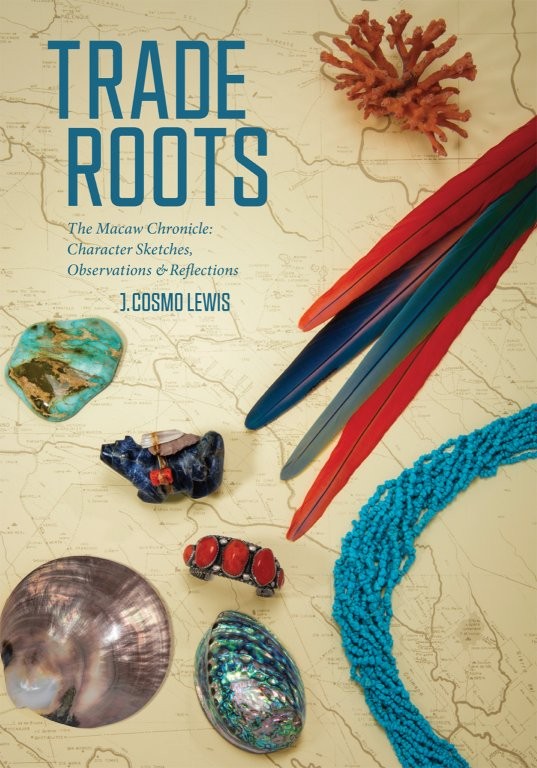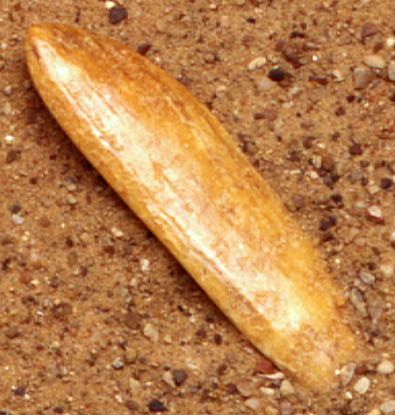Fossil Ivory
One of the few types of ivory available today that does not endanger a living animal; it is
found in melting glaciers in Alaska and the Siberian tundra, and comes from either walrus, mastodon or mammoth that were sacrificed for food and tools in ancient times, when they were not in any ecological danger. Prehistorically, this material was utilized by the Eskimo to make tools and utensils; from harpoons to sled runners, ivory was considered a gift from the gods.
Many consider ivory useful in stimulating and strengthening the entire skeletal structure, stimulating the pattern of bone tissue regeneration, particularly the enamel on the surface of the teeth, as well as helping one to exert inner discipline through strength and tenacity. It alleviates anger and frustration; opens the third chakra, aligning the emotional body with the etheric body to allow penetration on a cellular level. The primal energies of fossil ivory are very soothing, and therefore aid in meditation as well as past life work.
found in melting glaciers in Alaska and the Siberian tundra, and comes from either walrus, mastodon or mammoth that were sacrificed for food and tools in ancient times, when they were not in any ecological danger. Prehistorically, this material was utilized by the Eskimo to make tools and utensils; from harpoons to sled runners, ivory was considered a gift from the gods.
Many consider ivory useful in stimulating and strengthening the entire skeletal structure, stimulating the pattern of bone tissue regeneration, particularly the enamel on the surface of the teeth, as well as helping one to exert inner discipline through strength and tenacity. It alleviates anger and frustration; opens the third chakra, aligning the emotional body with the etheric body to allow penetration on a cellular level. The primal energies of fossil ivory are very soothing, and therefore aid in meditation as well as past life work.

